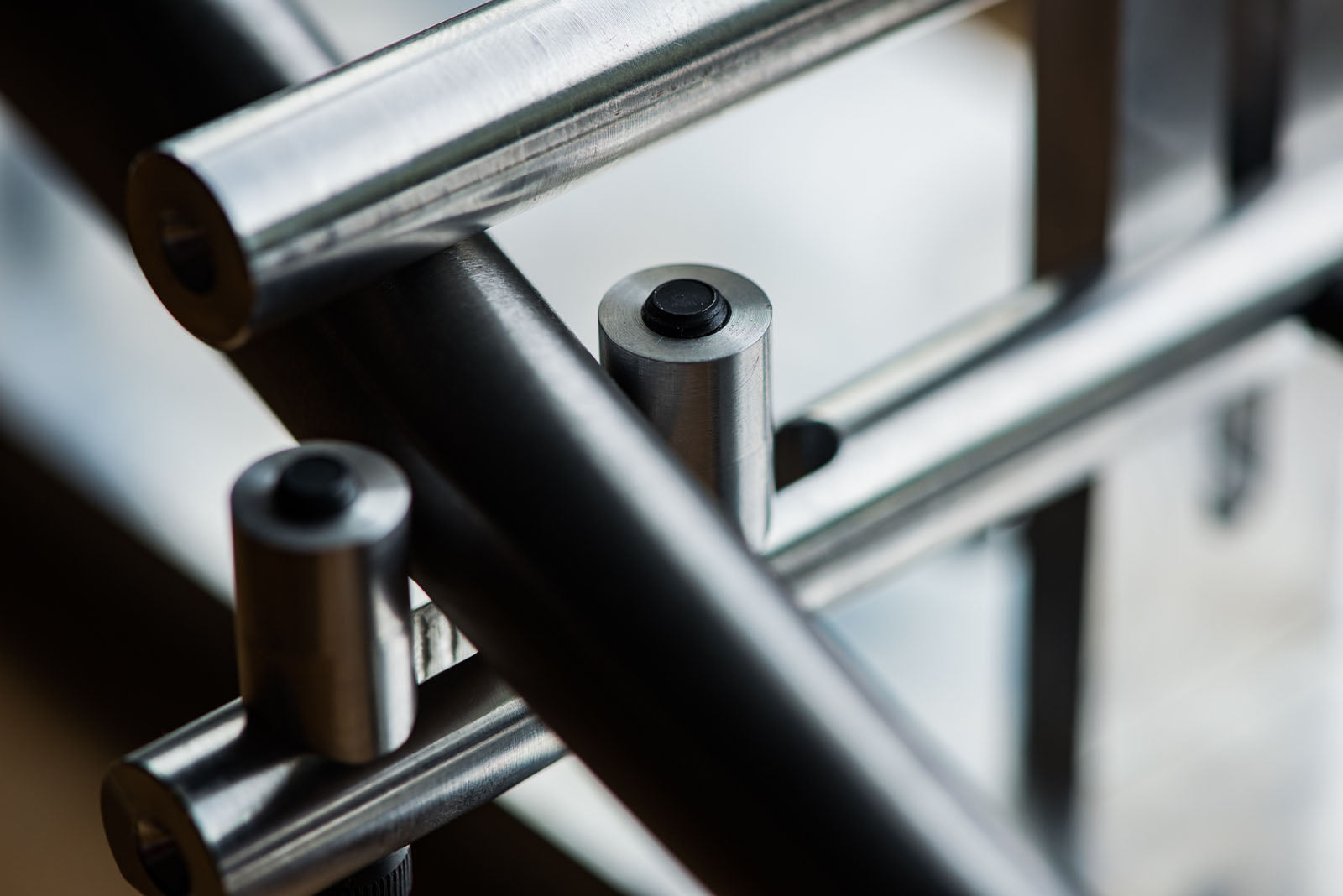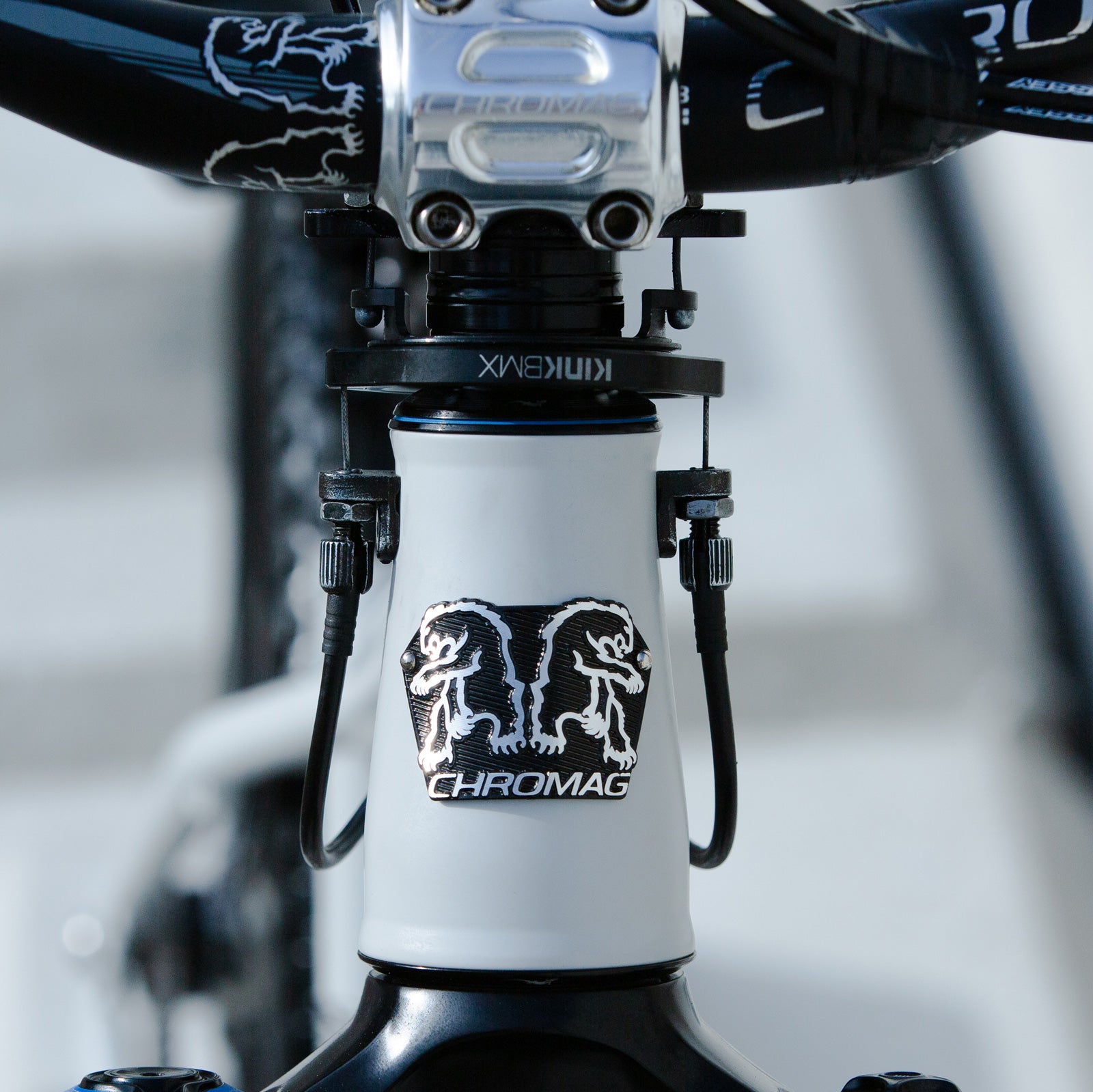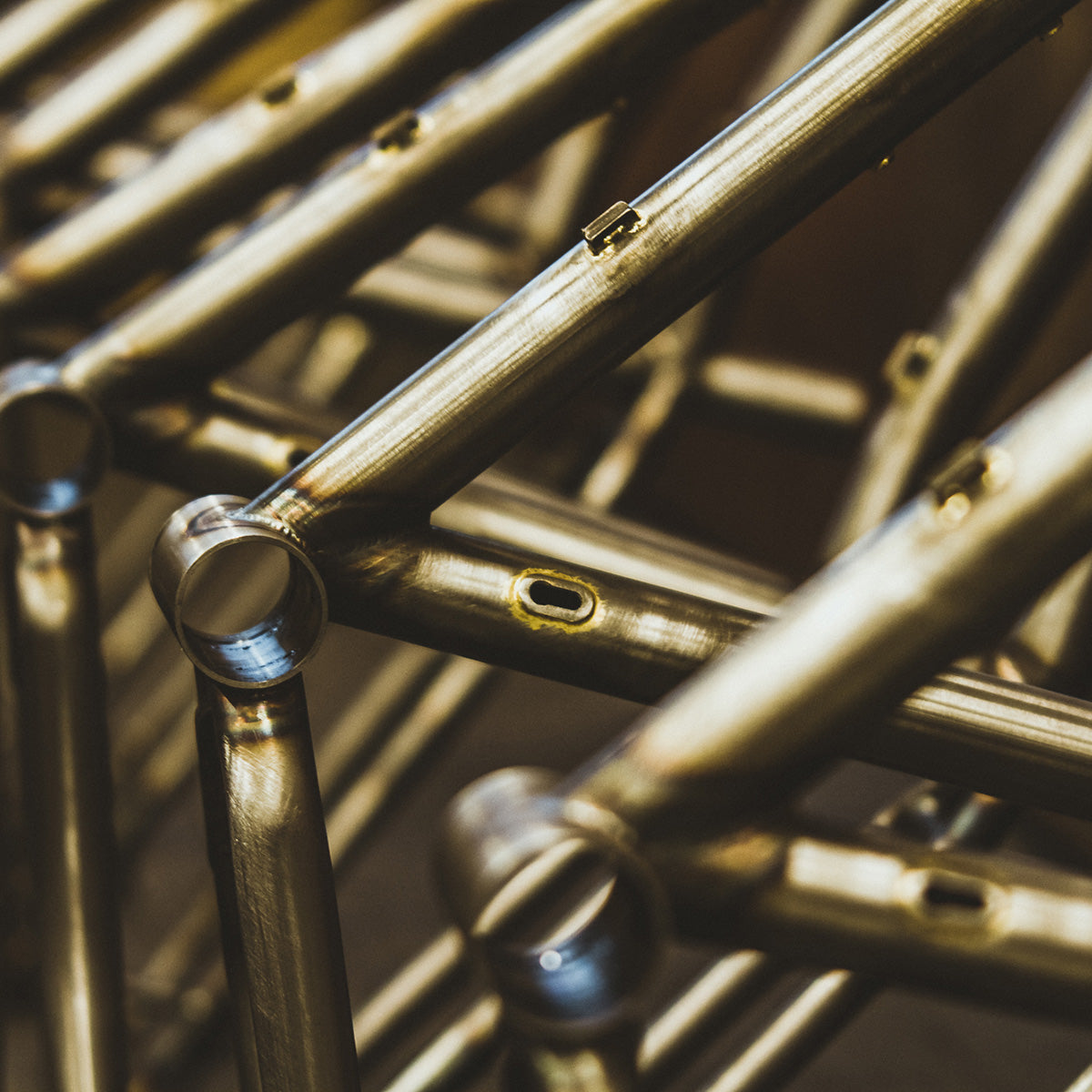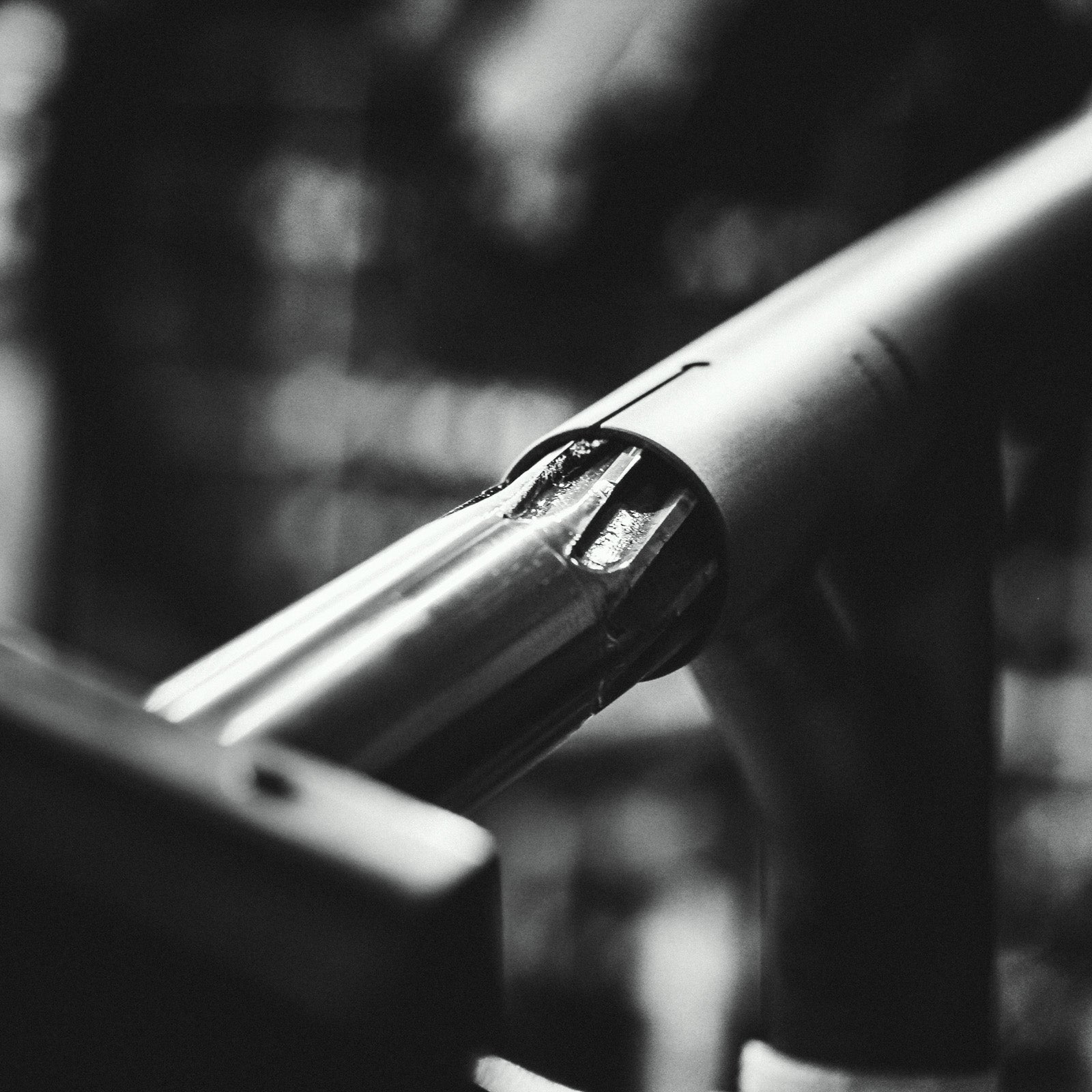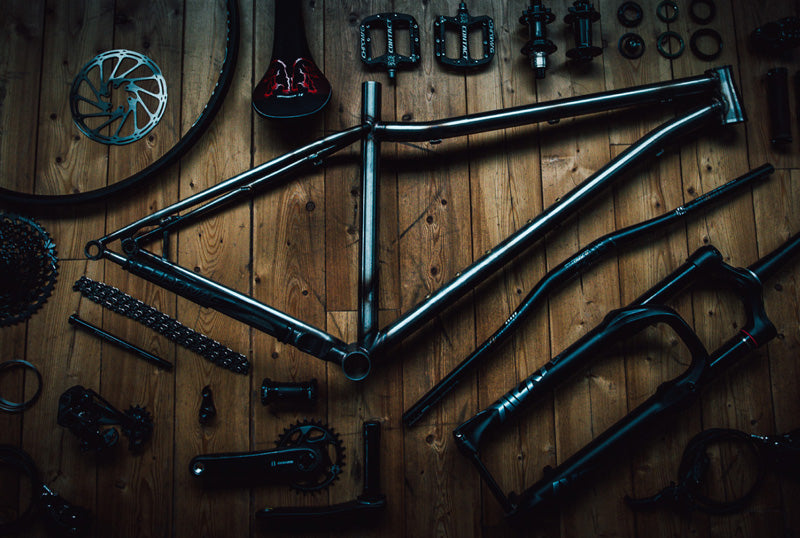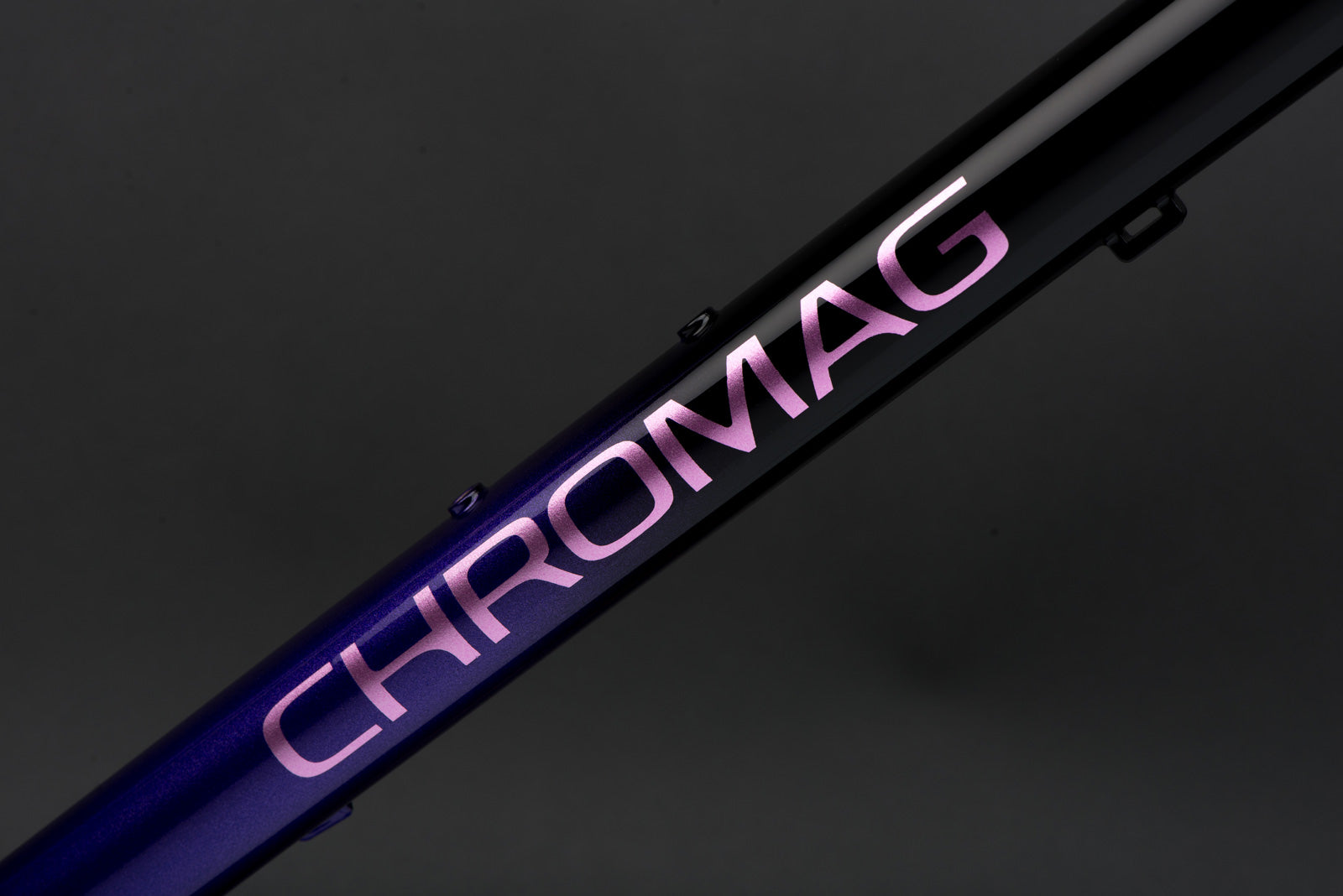
The OG Dirt Jumper
Monk
100mm
24" or 26"
Steel
3 Year Warranty










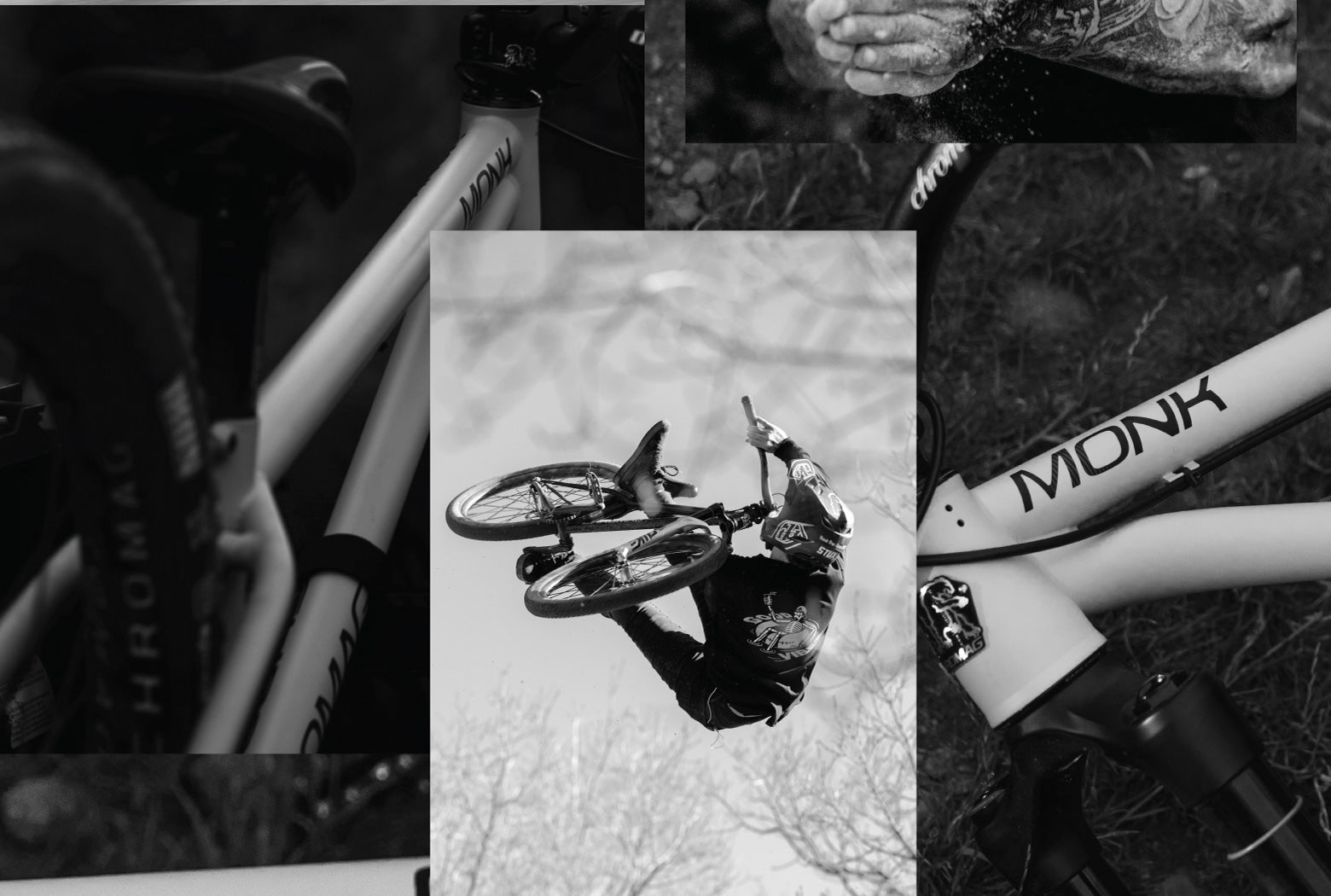
Builds & Specs
• Fork // Rock Shox Pike DJ 100mm, 100x15mm
• Stem // Chromag HiFi BSX 31mm
• Bar// Chromag FU40 40mm Rise, 800mm
• Headset // Cane Creek Forty ZS
• Crank // Descendant 170mm
• Brake // SRAM Level (Rear Only)
• Rotor // SRAM 140mm
• Cassette // 16t Single Speed
• Rims // Chromag Ally 26" 32h
• Hubs // Chromag D1 4 pawl 32h
• Tires // Maxxis Ikon
• Seatpost //Chromag Bassix 31.6
• Saddle // Chromag Overture
• Grips // Chromag Wax
• Chain // SS
Build options are subject to availability and liable to change without notice.
• Wheel Size // 26"
• Recommended Fork Travel // 100mm
• Material // 4130 Chromoly Steel
• Frame Weight (Long) // 6.43lbs
• Hub Spacing // 135 x 10mm (Axle Not Included with frame-only)
• Headset // 44-56 Semi Integrated
• Seat Clamp Size // Integrated
• Seat Post Size // 31.6mm
• BB // 73mm Threaded
• Hanger // N/A
• Brake Mount // IS
• Frame Origin // Taiwan
The Monk

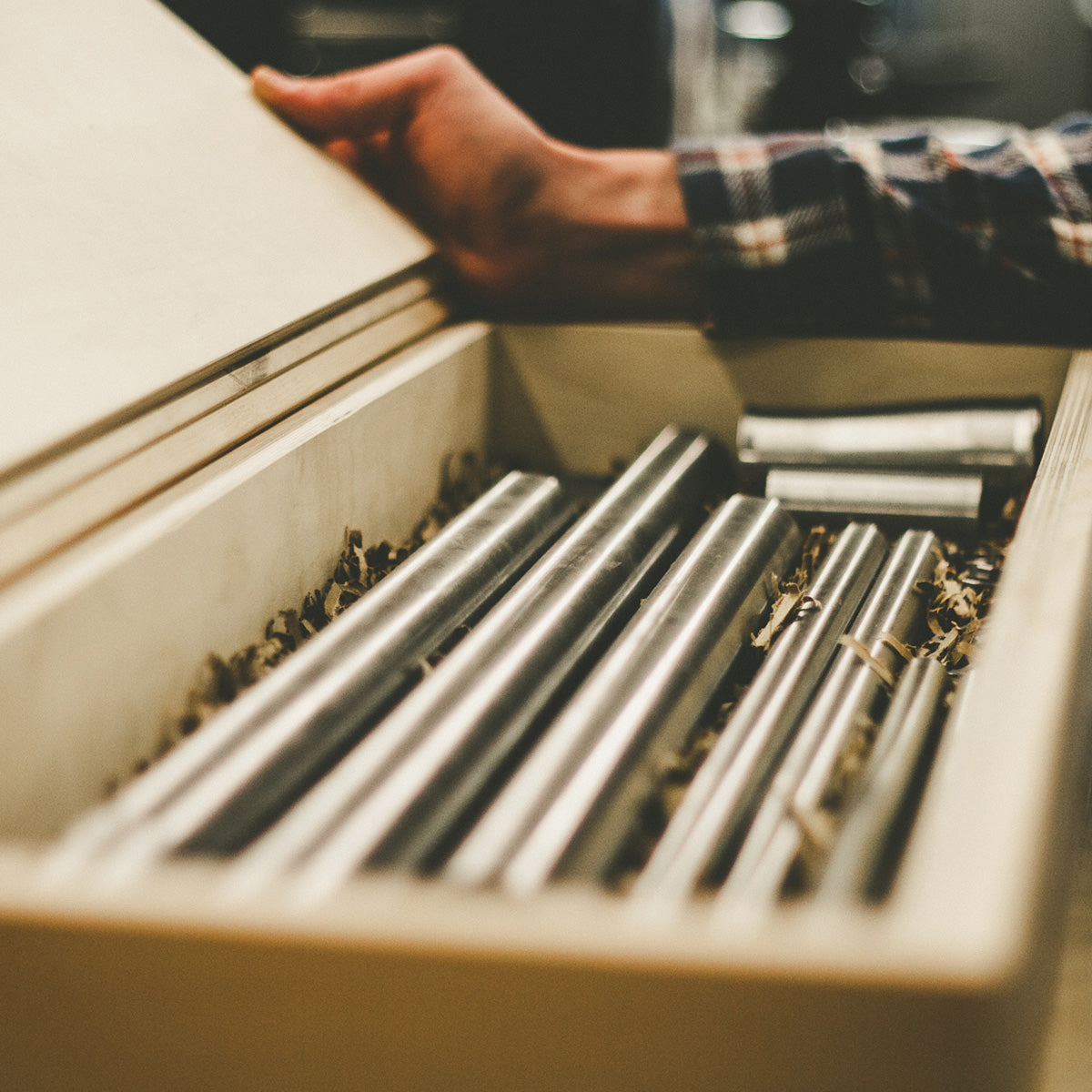
4130
Almost all Chromag frames are made from quality 4130 chromoly steel tubing. Chromoly is an abbreviation for chromium-molybdenum indicating the materials that the steel is alloyed with.
The added chromium helps increase the steels hardenability and also provide some corrosion resistance.
The molybdenum helps to increase the toughness of the steel.
It has a high tensile strength but is also malleable which is what gives our frames their notorious ride quality and feel. Chromoly is often used when more strength is required than that of mild carbon steel.
It falls under the AISI (American Iron & Steel Institute) 41XX designations which is where the “41” comes from. The “30” indicates it contains approximately 0.30% carbon by weight.
Chromoly is much stronger than traditional 1020 steel and it has a higher strength to weight ratio and high tensile strength, which means we can use less material and achieve a product that can withstand the abuse that riders love to throw at it.
The monk has been a staple in our line-up for almost 2 decades.
key features
The mountain biker’s dirt jumper.
geometry
At home on the pump track or your local spot the Monk has timeless style and character. The geometry is on the more familiar to mountain bikes end of the scale allowing you to get comfy quickly.
| Frame Size | X-ShortTypical Rider Height: 137cm - 168cm | ShortTypical Rider Height: 160cm - 178cm | LongTypical Rider Height: 170cm - 188cm | X-LongTypical Rider Height: 180cm - 198cm | |
|---|---|---|---|---|---|
| 555 | 555 | 555 | 574 | ||
| 385 | 410 | 435 | 460 | ||
| 520 | 545 | 570 | 595 | ||
| 95 | 95 | 95 | 115 | ||
| 993 | 1018 | 1043 | 1068 | ||
| 30 | 30 | 30 | 30 | ||
| 318 | 318 | 318 | 318 | ||
| 619 | 619 | 619 | 619 | ||
| 381 | 381 | 381 | 381 | ||
| 310 | 310 | 310 | 310 | ||
| 70° | |||||
| 76° | |||||
| 26" | |||||















THIS IS AN APPROXIMATE GUIDE, SOME PEOPLE HAVE LONGER LEGS THAN OTHERS!
Sizing
The Monk has a very different fit to our other bikes. It only really gets longer (not taller) as you go up in size, which is why they are labelled short, long etc (rather than small, medium, large).
You could also check out the review section, to see how this bike fits other people.
Catch a glimpse of the Monk out in the wild.
gallery
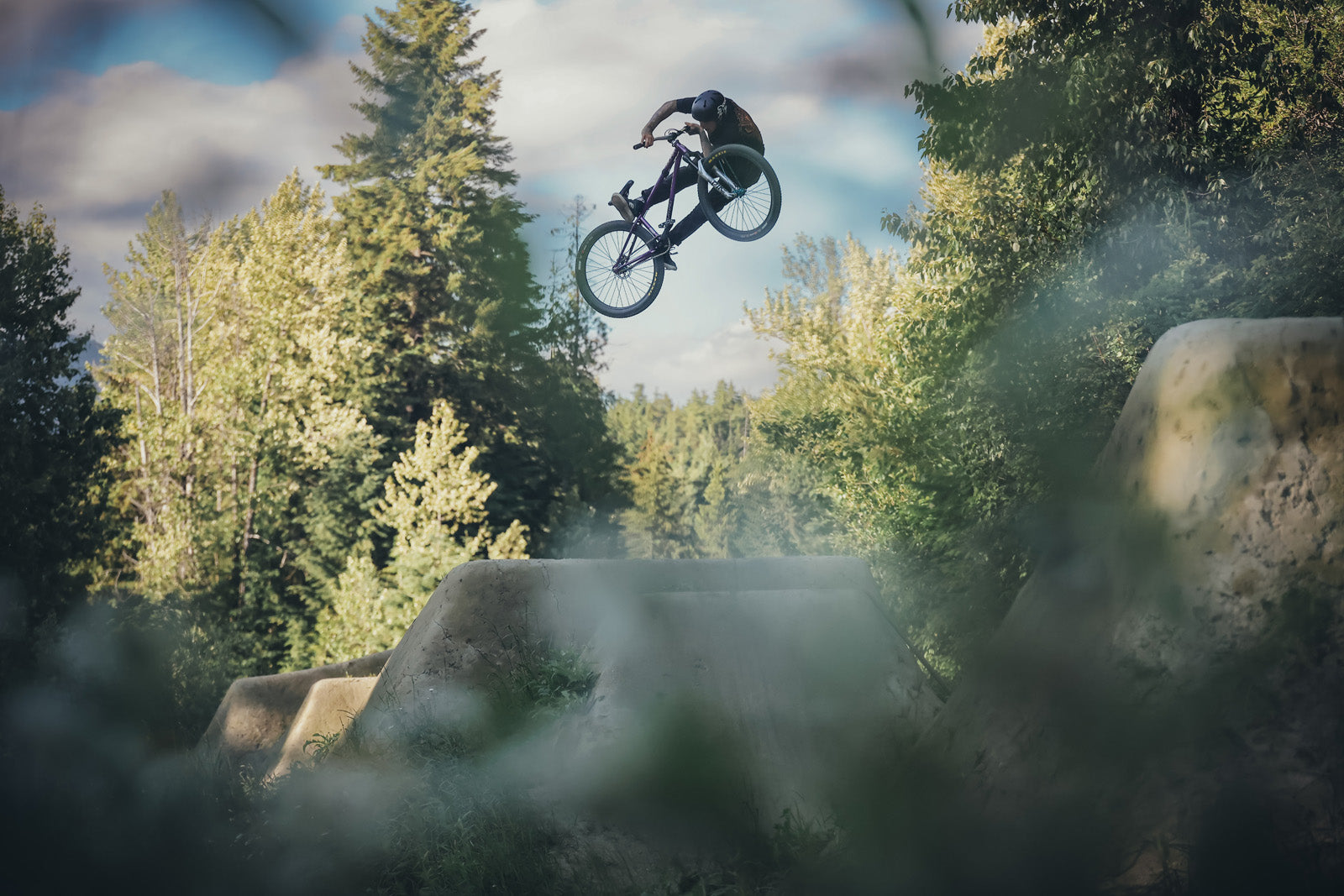

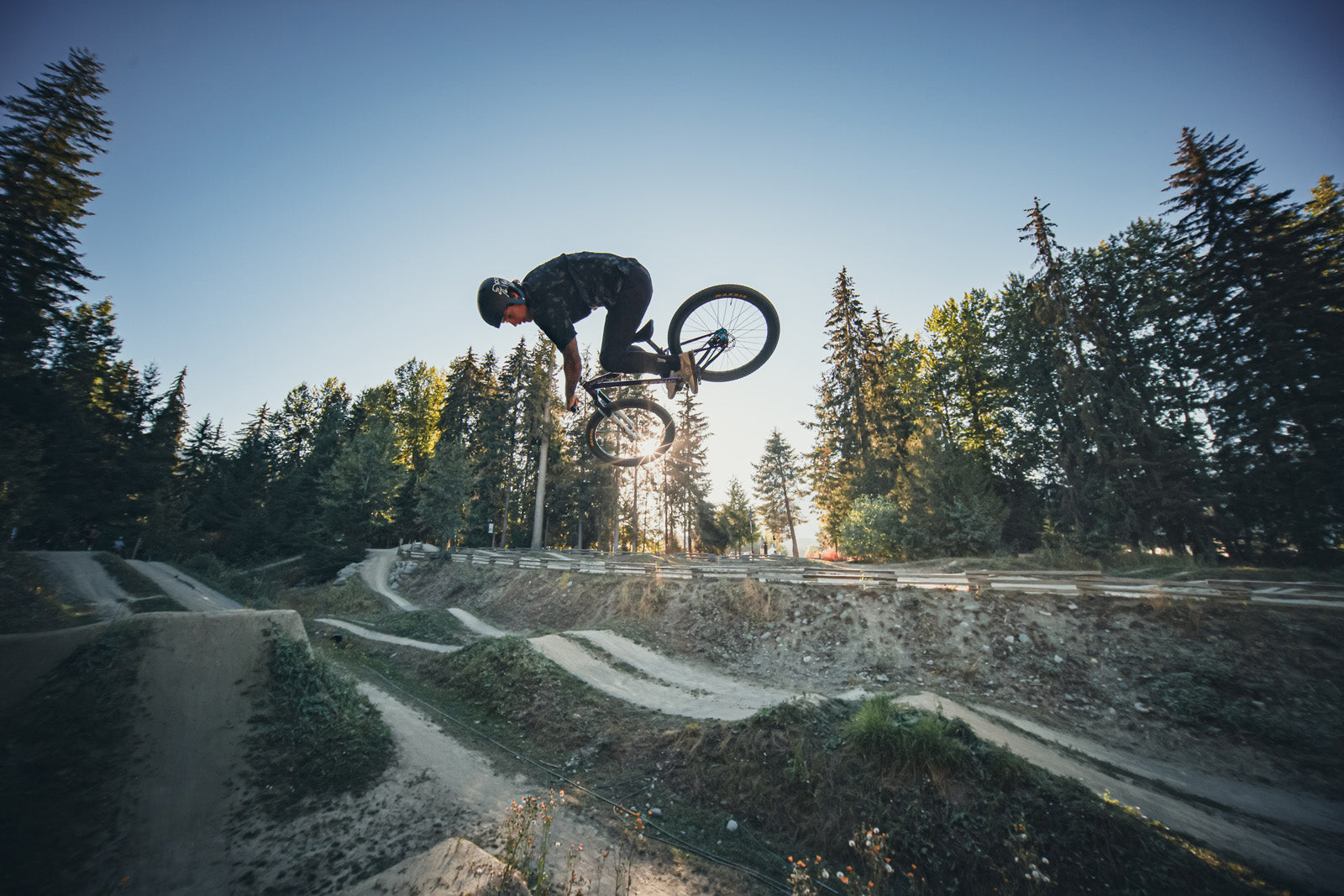
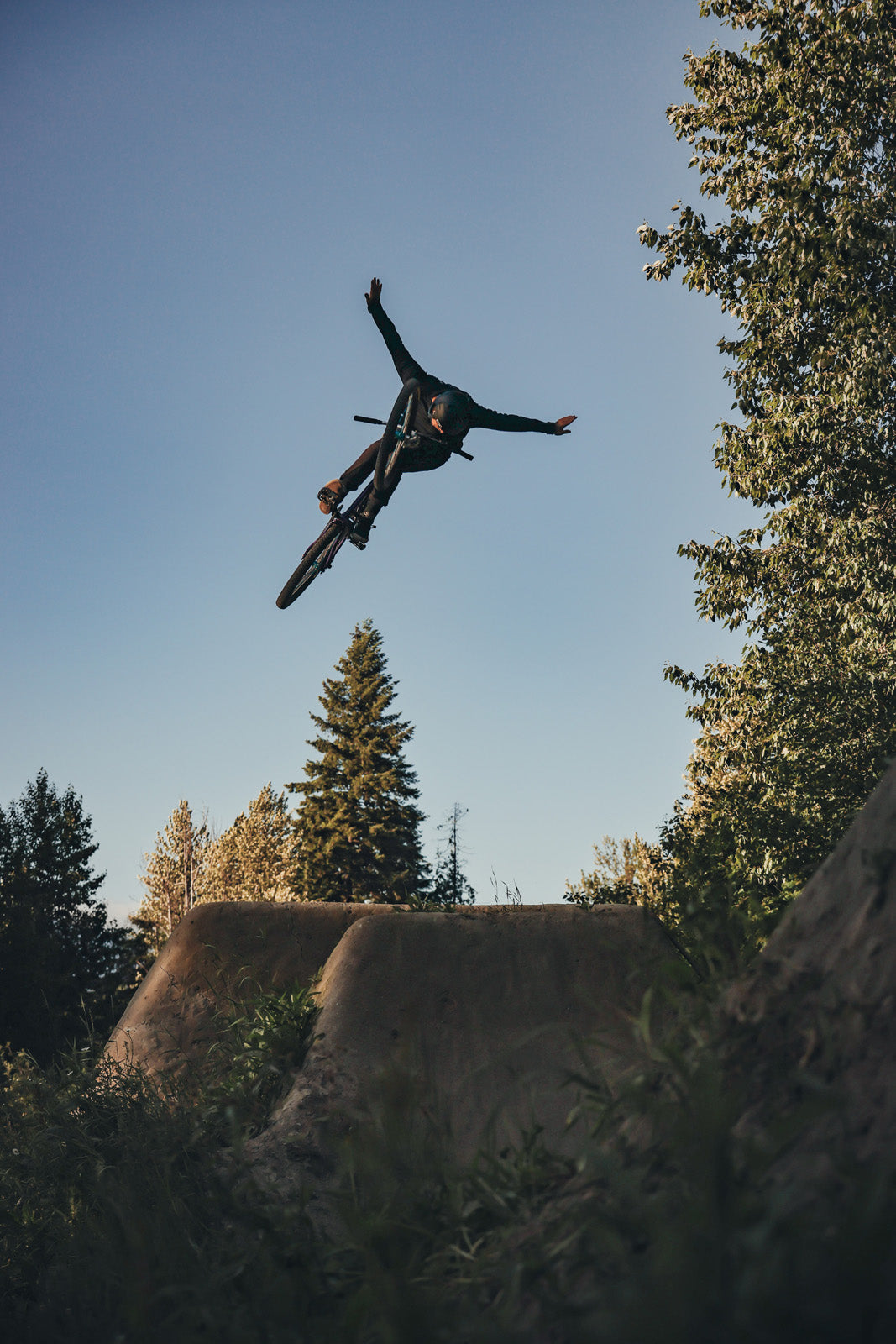
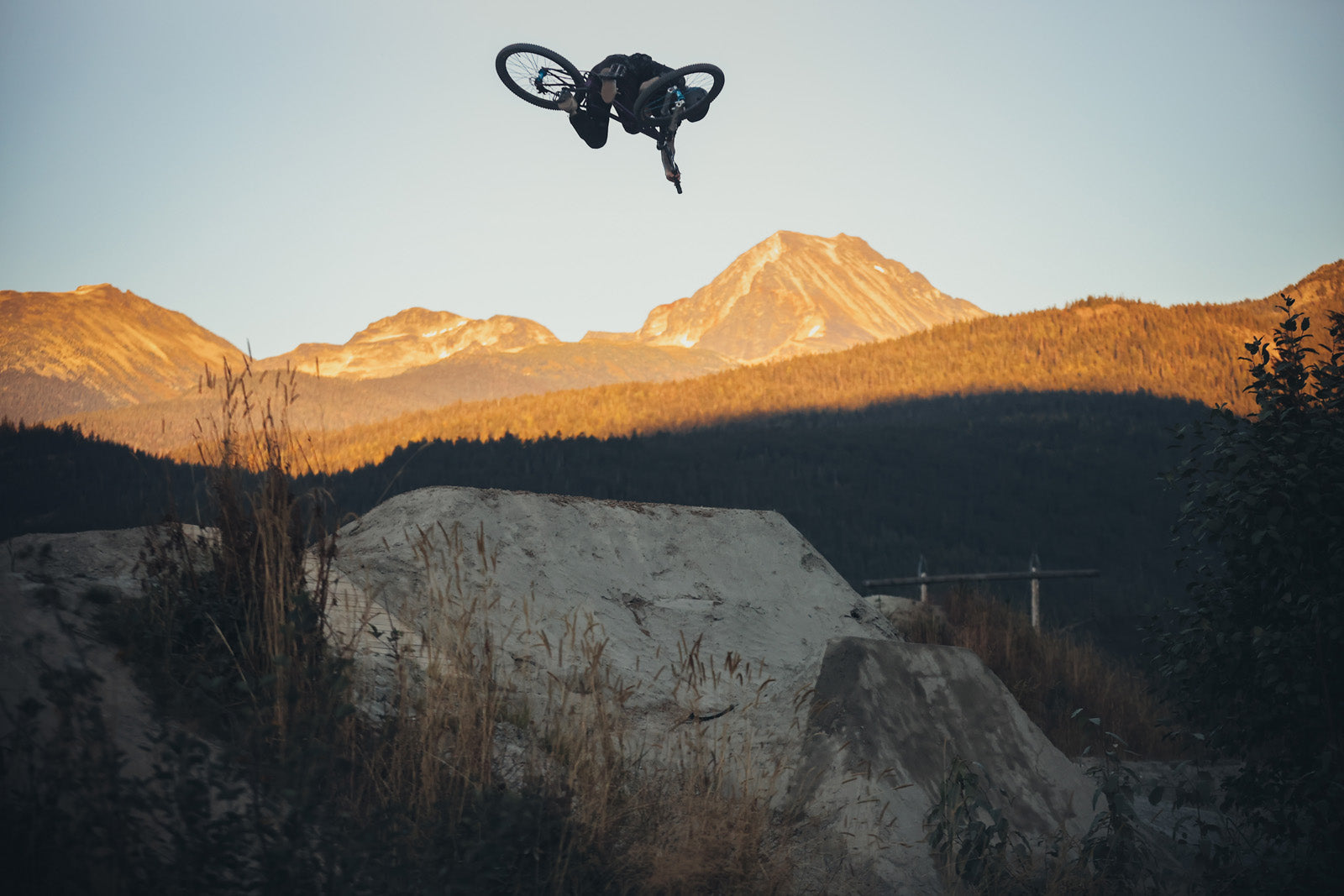
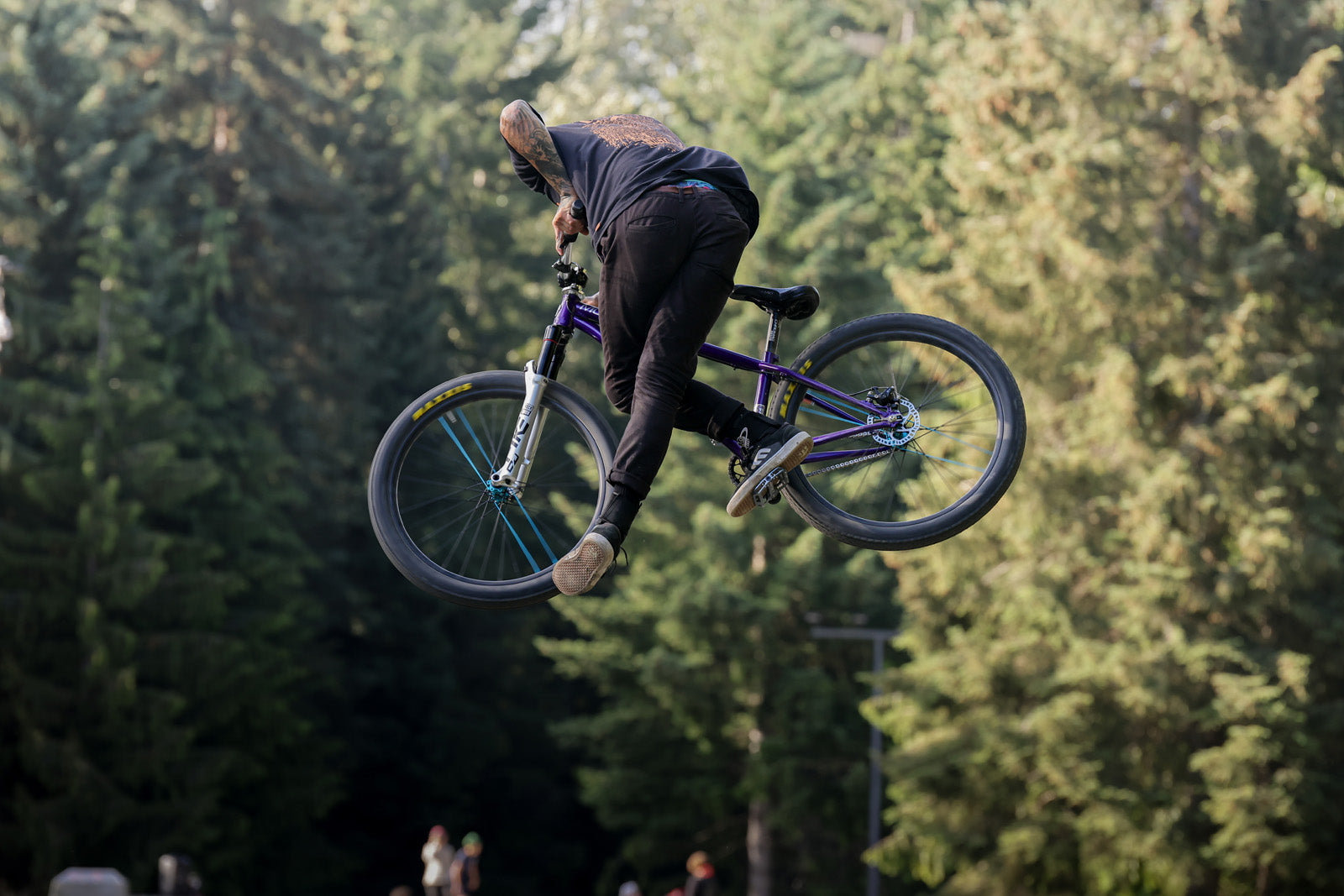
FAQ's
A 2.2” Maxxis fits with appropriate room around it.
No, there are no ISCG mounts on the Monk.
All our frames can work with +/-10mm of fork travel. To generalise the geometry change is around a 0.5° slacker head tube and seat tube angle for every 10mm added.
We setup our complete Monks with a 52mm chain line
With a 52mm chainline (SRAM boost standard), the Monk can fit up to a 34-tooth chainring.
For context, most of us here are running a 30t, with a 10/52 cassette.
There is a serial number on the back of your fork arch, adding this to Rockshox Trailhead app along with your weight gives a good baseline setting.
It does, however the specific blend of steel we use (CR-MO) has very good corrosion resistant properties. You can further protect things internally if you live in a partially harsh area or have concerns. Fluid Film is our recommended product for this.
Hope and other large 4 piston brake calipers can be tight, Sram codes fit just fine. Given the bikes intentions it is not expected that many will want to fit the largest heaviest brakes to it. Please let us know if you have tried to fit a more obscure component and faced issues.
Greasing you seat post prevents this issues, we strongly recommend re-greasing every 6 months at a minimum.
Not much! Here's what you need to do if we shipped your bike to you:
• Inflate tires to desired pressure. (Sealant is already installed)
• Install brake rotors, tightening bolts to 6.2Nm.
• Attach derailleur to frame, tightening to 9Nm making sure that the B-tension tab rests properly against the derailleur hanger stop.
• Grease headset bearings, install fork and handlebar, positioning the headset spacers above or below the stem according to rider fit.
• Align handlebar stem, preload headset and tighten stem pinch bolts to 8Nm.
• Install wheels, tighten axles.
• Install chain with quick link.
• Grease pedal threads and install pedals using pedal washers supplied.
• Adjust brakes, shifters, saddle position and height for personal preference.
• Set up suspension.
• Bed-in brakes. (Roll down a gentle gradient dragging one brake at a time. Avoid locking them up.)
• Go ride!
Note: If you had to Google "Nm", or you don't know which way to install your rotors, you should probably get a qualified mechanic to build your bike!
Here's what's been done:
• Chain length adjusted.
• Gears adjusted.
• Brakes set up and bled.
• Handlebar tightened to 6Nm.
• Grips tight on handlebar.
• Crankset tight, bottom bracket tight/adjusted.
• Saddle and seatpost tight.
• Seatpost greased *make sure to re-grease every 6 months!
• Tire sealant installed.
• Cassette tight.











